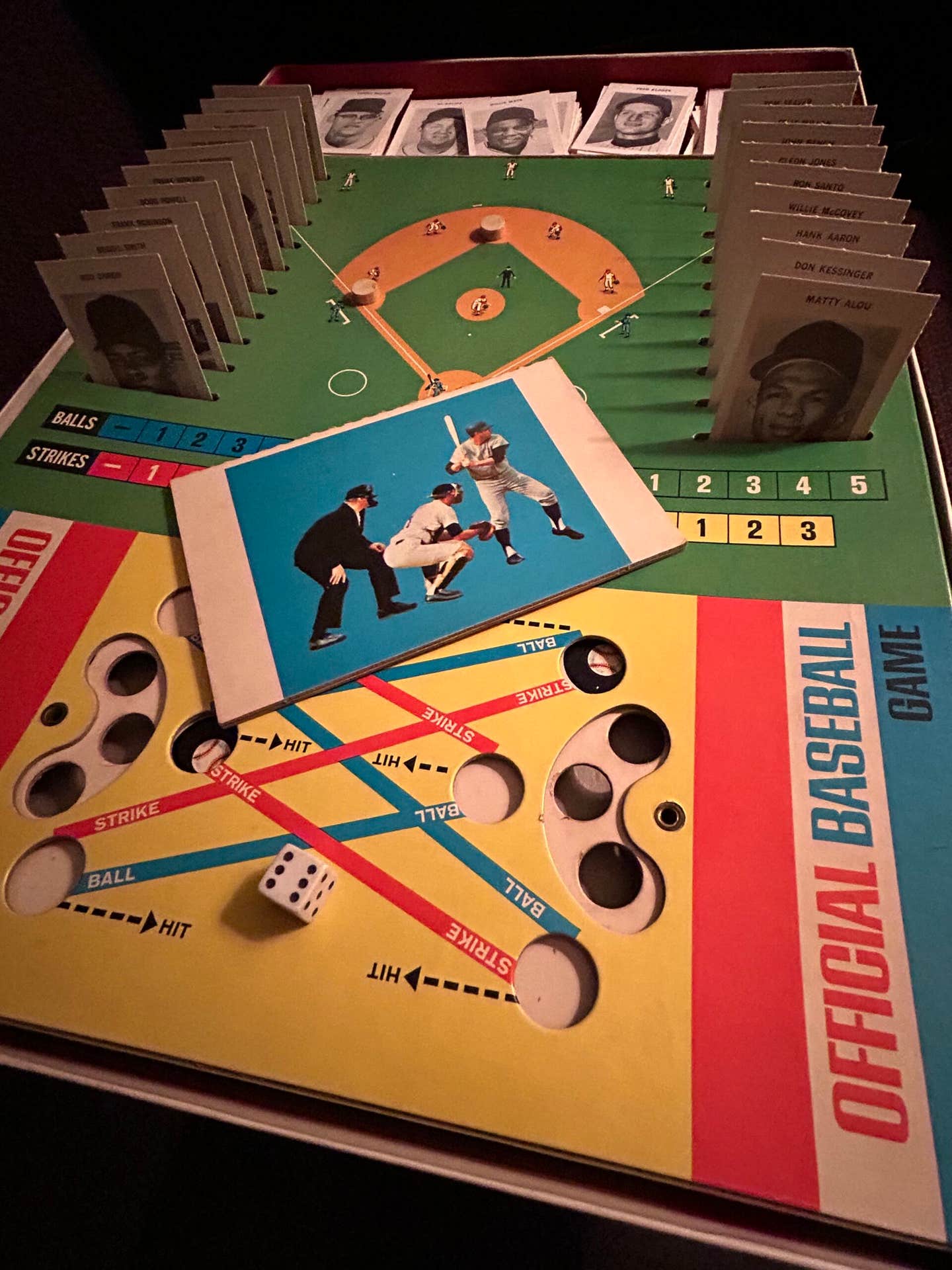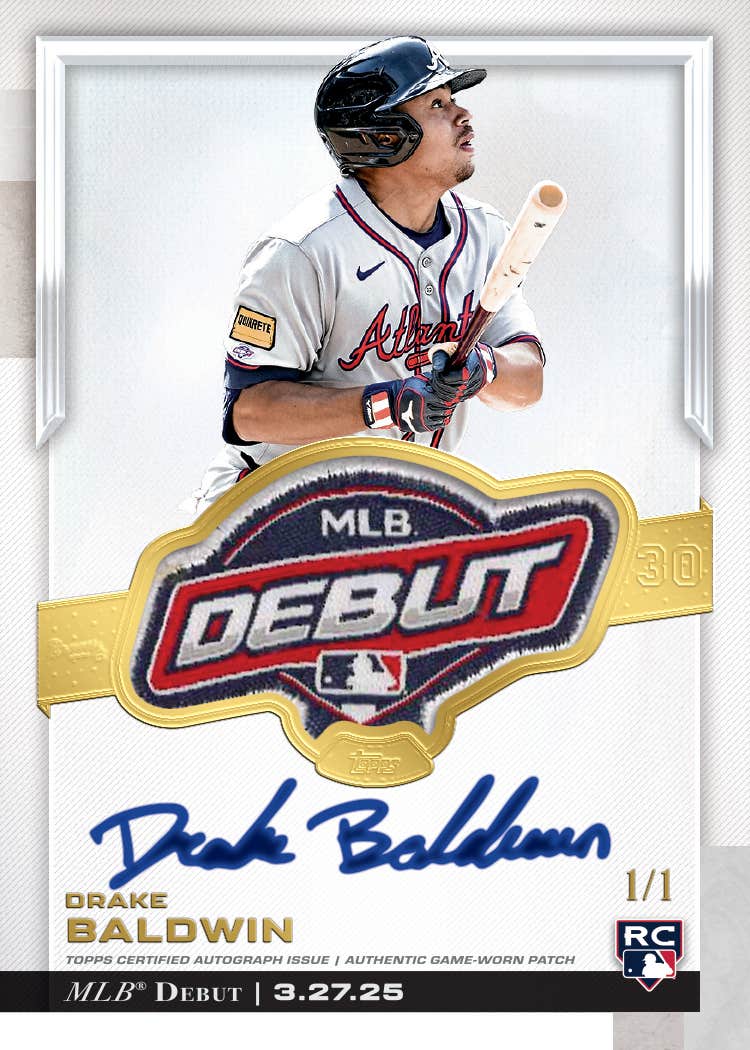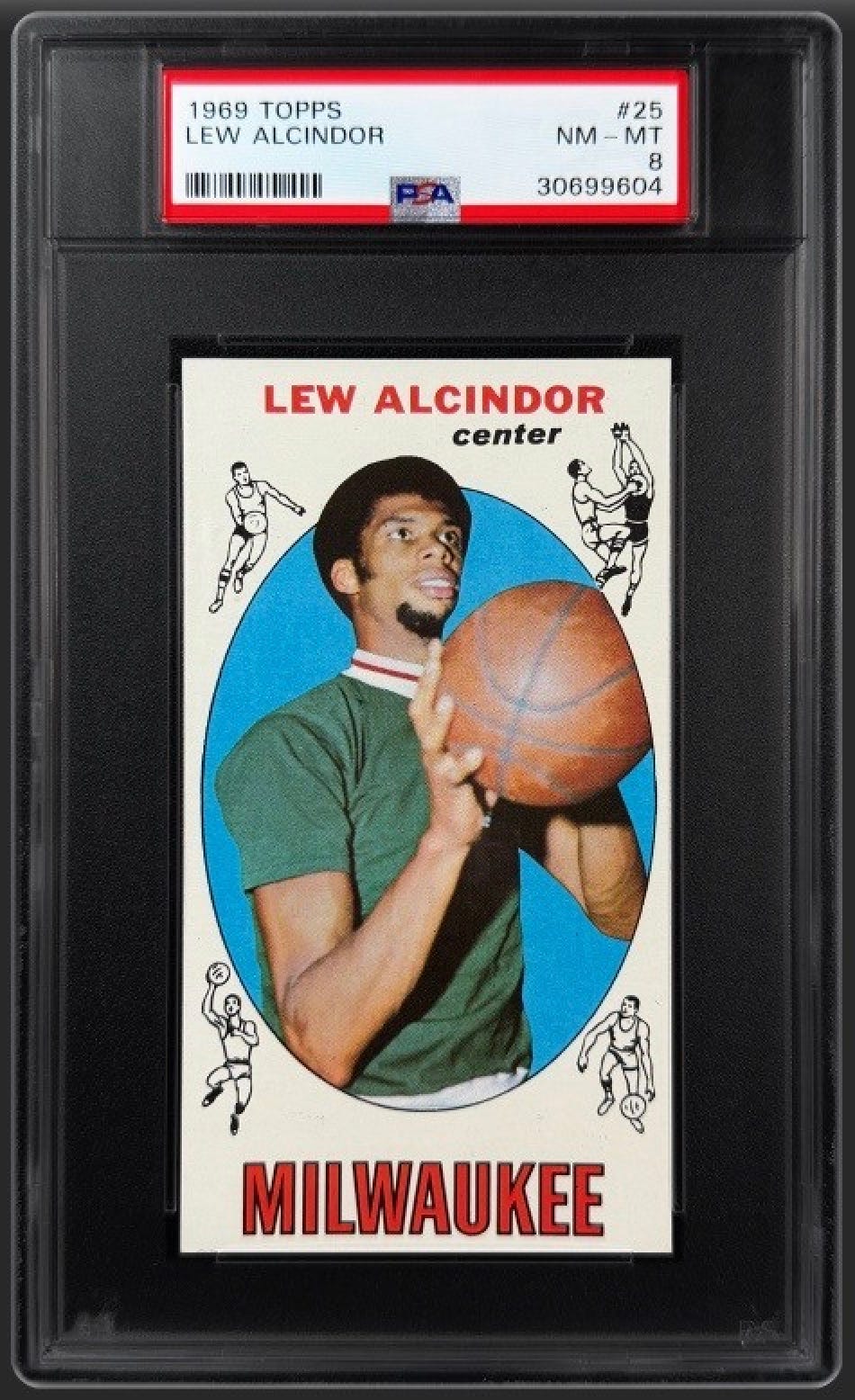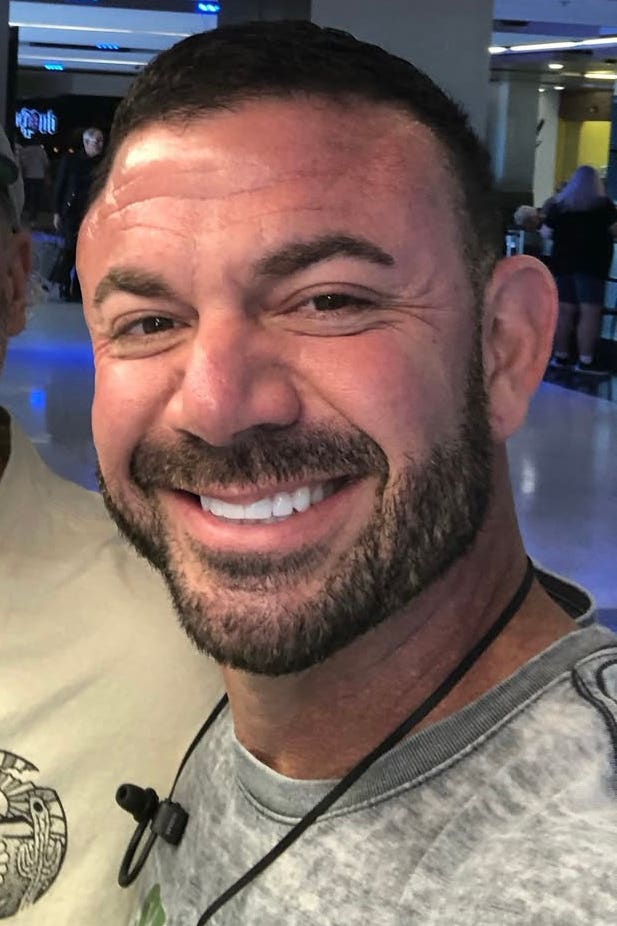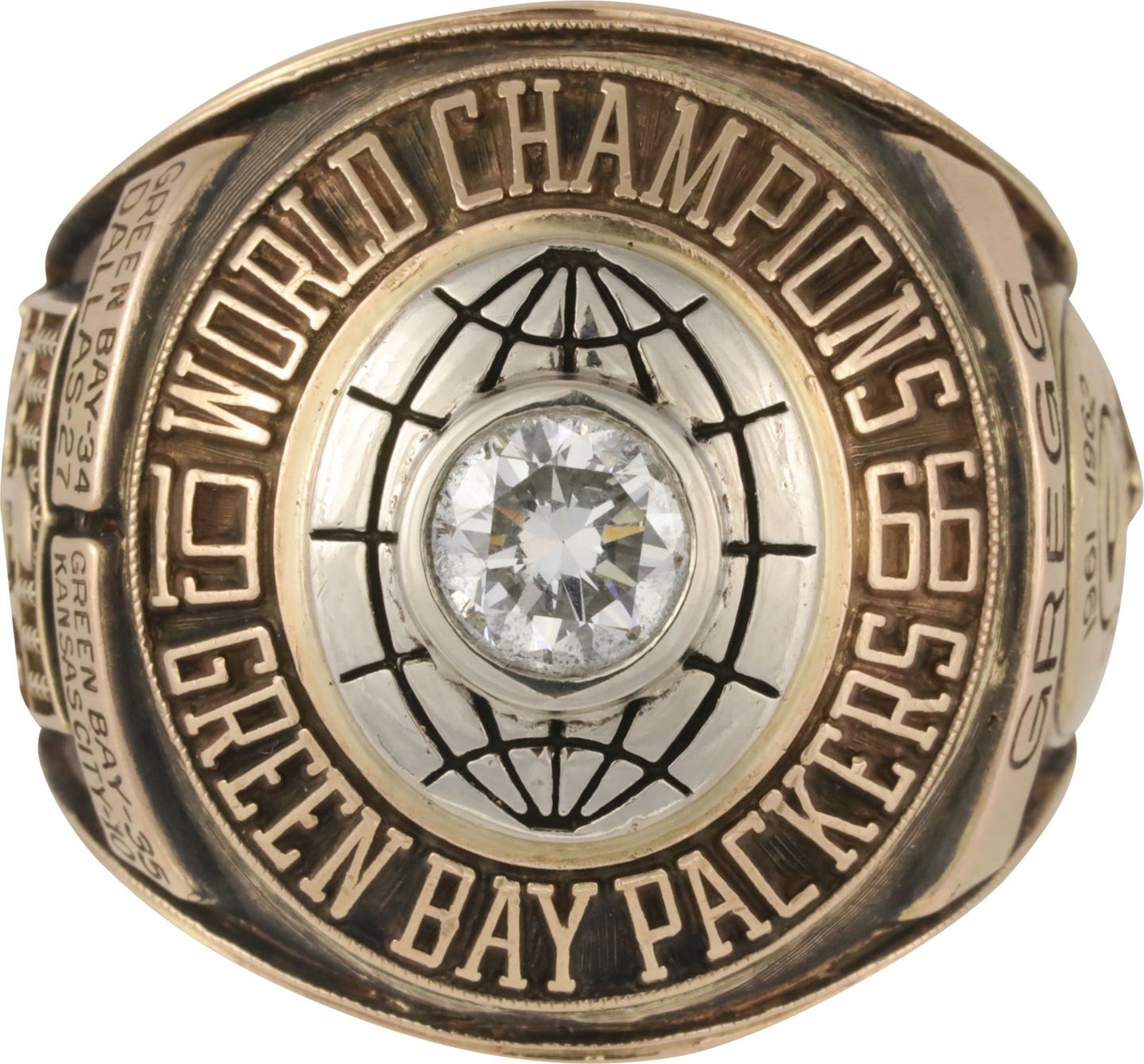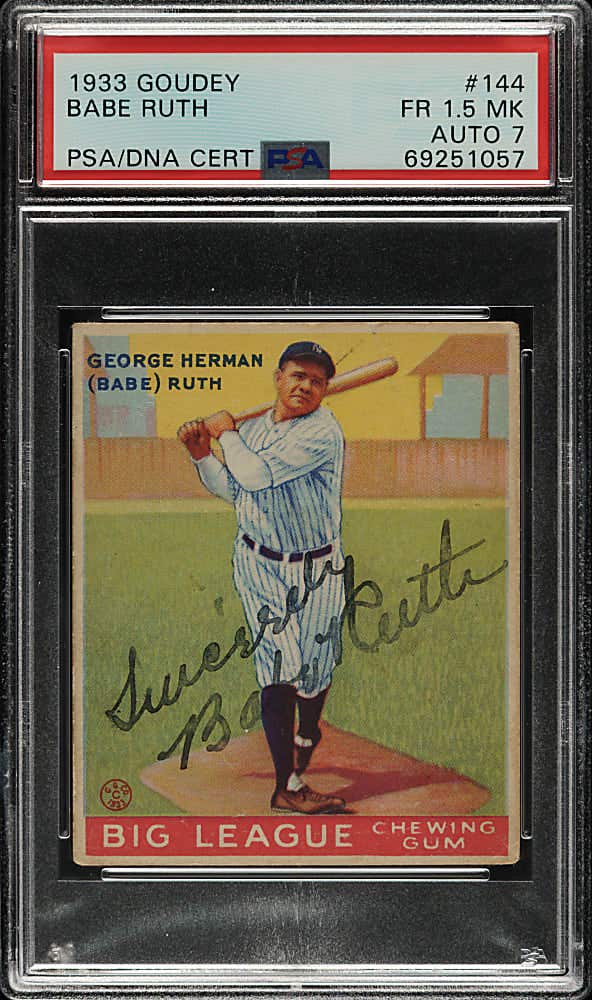Features
A Cubbie Collectibles Collaboration: Topps and the Chicago Cubs
By Rick Firfer
As reported by SCD earlier this year, the Chicago Cubs entered into a unique partnership with the Topps Co. to produce an attractive set of retro-style cards intended to honor notable Cubs players from the team’s past and current rosters. By blending images taken from Topps’ player files with card designs used by the company in some of its more iconic sets, the Cubs have chosen to honor such greats as Ernie Banks, Billy Williams, Fergie Jenkins, Ron Santo and Ryne Sandberg, along with current fan favorites Starlin Castro, Anthony Rizzo, Darwin Barney and others, in a set that can truthfully be branded as “the cards that never were.”
To deliver these limited-edition retro cards to fans, the Cubs devised an unusual marketing strategy that is certain to appeal to card collectors in general, as well as the fans. The strategy is unusual because it required not only the production of a set of giveaway cards for the ballpark, but also a parallel set to be given exclusively to the team’s season ticket holders.
To understand what the Cubs did, you have to go back to the beginning of the 2013 season, when one full set of the newly conceived cards was delivered, wrapped in clear cellophane, to each of the Cubs’ season ticket holders. Each card had a small silver logo imprinted on the front, identifying it as part of this special season ticket holder set. In contrast, the cards given away as a premium to the fans attending scheduled giveaway days at the ballpark did not have the silver logo. To obtain all of the news cards, you have to be, or have access to, a season ticket holder, and you have to go to the ballpark for the giveaway dates.
The full set delivered to season ticket holders contains 82 cards. The giveaway set also contains 82 cards, but it was broken down into four mini-sets for distribution at the ballpark. The three mini-sets, which have been scheduled to be given away to the first 10,000 fans attending Cubs home games May 3, July 5 and Aug. 2, contain 20 cards each, while the final mini-set, to be given away Aug. 30, will contain 22 cards.
It should also be noted that the 82 silver logo cards are cellophane-wrapped as a single set, whereas the cards without the logo are separately wrapped in cellophane as mini-sets. This leads to the question – bust them open or leave them as is in their wrapped glory?
A long time coming
The really interesting thing about the Cubs’ new retro cards, however, is not simply their existence, but how they came to be produced in the first place. According to the Cubs, Topps had never done anything like this before with one of its corporate partners. While it is true Topps had previously done its own legacy sets, either as reprints or by utilizing historic set formats with current players, no current team had worked in conjunction with the company to utilize archived images and historic card designs to produce a product of this nature for fans. Even the Cubs did not initially conceive of the idea to use images for an actual card set. All they wanted to do was improve the look of their game tickets. But this gets a little ahead of the story.
It all began a couple of years ago when Cale Vennum, the person responsible for producing the Cubs’ game tickets, approached Brian Garza, the Cubs’ director of Ticket Sales and Services, to ask for input concerning new ideas on how to make the team’s tickets more attractive to fans. Garza thought about how great it would be if the team could also do something to acknowledge the contributions of its most popular players at the same time. Being a long-time collector, Garza quickly turned to his old baseball cards for inspiration. In particular, he focused on his Topps cards because Topps had been in the marketplace longer than anyone else, and he also knew that Topps was a Cubs corporate partner.
Garza’s initial thought was that the Cubs should approach Topps to get permission to reprint classic Cubs player cards on the team’s 2012 game tickets. He knew the Cincinnati Reds had done something like that at one time, but for some reason, they had only used 20-25 players and repeated each one several times on their game tickets. Garza felt the Cubs could improve on this idea by using a different player for each of the 82 tickets. (There are 82 tickets – 81 for the home games, plus one for a possible play-in game were the Cubs tied with another team for a playoff spot.) Garza thought about how nice the tickets would look bound in the booklet the Cubs send out to their season ticket holders each year.
Garza bounced the idea off Kevin Saghy another member of the front office, who was also a card collector. Saghy agreed the concept had merit, and he, along with Garza, went back to Bennum, who greenlighted the approach to Topps. Topps Vice President of Sales Mark Sapir liked the idea and asked the Cubs to provide him with a list of players and cards they had in mind for the project. When Sapir got the information, he spearheaded the effort to get the necessary permissions, because there was more to it than just printing the card images on Cubs ticket stock.
Complicating the effort, Garza did not want the team to just make a random assignment of players and cards to the various games. He wanted a thought-out attempt to tie particular players and cards to specific games in a rational manner. Thus, Ernie Banks’ card would be on the ticket for Opening Day because he was Mr. Cub. Also, it made sense to use the cards for Bill Buckner, Nomar Garciaparra and Dennis Eckersley on the tickets for the three-game Cubs/Boston Red Sox series. A different Banks card would also be used for the game played on the anniversary of Banks’ 512th career home run, setting a Cubs record. Some of the other connections were a little more tenuous, such as using Jody Davis’ card for the April 7 game because Davis wore No. 7.
Topps was fine with the idea, but Garza and Saghy would be in charge of coming up with the connections.
It all came together for the 2012 Cubs game tickets and the season ticket holder booklets. At that point, Saghy was given the additional task of doing follow-up research to discern the reaction of the season ticket holders to their new tickets. It was a glowing report. Fans and players, alike, enjoyed them, with many players even contacting the team to get copies of the ticket collection.
The Cubs and season ticket holders also thought of the items as collectibles, with many holders keeping the tickets in their binders, bringing them with to each game to have that game’s ticket scanned upon entry. Other season ticket holders had players sign their booklets when meeting them at various events.
When you find an idea that works, you stick with it. The idea was to carry the program into 2013, but Garza felt the Cubs had to come up with something new to build on 2012’s success. Garza had been thinking about that problem in July 2012 when he was shopping at Target and ran across Topps Archive cards in one of the aisles. Off went the proverbial light bulb.
If using reproductions of actual old cards on the team’s tickets had been so popular the year before, what if the Cubs made their own new cards using historic Topps designs to put on the 2013 tickets? And what if they also made up an actual set of cards to give away to fans?
Garza ended up paging Colin Faulkner, Cubs’ vice president of Sales and Partnerships, for additional help.
After intense discussions, Garza and Faulkner would go to New York in August 2012 to talk to Sapir about the new concept. Topps was receptive to the idea, and discussions centered around how many new cards would be created, which player images and card designs would be used and how an explanation sheet could be prepared for season ticket holders describing why various card images were paired with specific game tickets.
Topps presented the Cubs with a list of players and cards designs it was willing to let the Cubs use and a deal was struck for the new set. In 2012, only actual Topps cards were used for the ticket program. In 2013, new player images were being used, along with old Topps card designs.
The deal with Topps also required the Cubs to purchase a minimum of 10,000 partial sets for each of the ballpark’s giveaways, while the number of full silver logo sets was based on the number of season ticket holders.
Feedback
Garza and Saghy have received nothing but positive feedback from the ticket designs and silver logo card set in 2013, with many of the sets being bought and sold on eBay in the range of $100-$200 per set. Even individual cards from the set were selling.
Of course, some season ticket holders were disappointed their favorite player, such as Tuffy Rhodes, wasn’t included, but part of that was dictated by Topps and the images they were willing to release. However, fans are encouraged to make suggestions for future sets, including one that might tie into next year’s 100th anniversary of Wrigley Field.
There is one multi-player card, No. 81, featuring three minor league stars: Jorge Soler, Albert Almora and Javier Baez. This has been a big draw for collectors.
The Cubs also received 50 uncut sheets of the 2013 giveaway set to be used in auctions to benefit Cubs’ charities.
Plans are already underway for next year, and many other MLB teams have inquired about doing something similar.
As for the fans, watching them come through the turnstiles for the May 3 giveaway showed genuine enthusiasm for the cards, especially by kids, who have earmarked them as part of the memories of a day at the ballpark with their families.
Rick Firfer is a freelance contributor to SCD. He can reached at rickfirfer@gmail.com.



